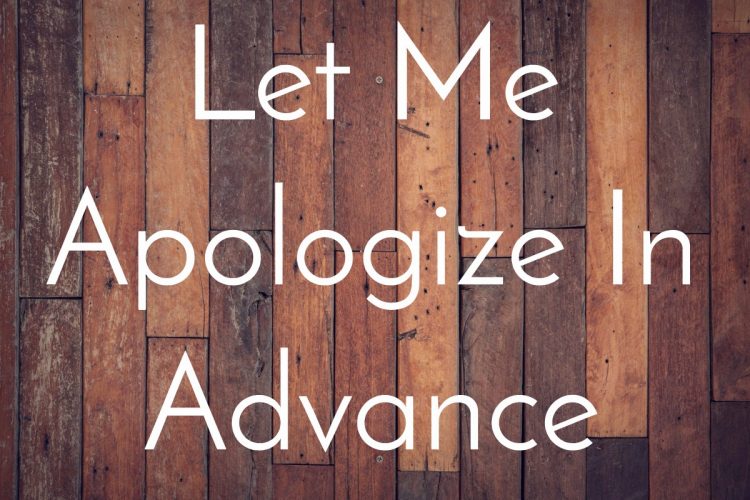

In investing, being well-diversified means always having to say I’m sorry.
That’s because, in a diversified portfolio of investments, some of your investment will almost always be down in value. At least relative to your other investments.
Of course, the hope is that at the same time, while some of your investments may be down, some of your investments will also be up in value.
This is the essence of diversifying your investments. Or not putting all your eggs in one basket.
If all your investments are going up in value at the same time, while it might feel good to watch your account balance grow, you’re not diversified. And everything won’t go up in value forever.
The same holds true if all your investments are doing down in value at the same time.
So you might be asking about now if I’m truly diversified in my investments will I ever make any money? Or will investments going up in value be offset by other investments going down in value?
This brings up the concept of correlation among investments.
Correlation is a statistical measure that calculates how closely the performance of one investment mirrors the performance of another investment.
If two investments have a perfect negative correlation, it means they move in opposite directions all the time.
If they have a perfect positive correlation, it means they move in the same direction all the time.
The more your investments approach perfect positive correlation, the less diversified they are. They will all be up or all be down because they all move in the same direction at all times.
But this isn’t a statistics class.
Just remember that you want to construct a portfolio that reduces the chance that all your investments move in the same direction at the same time.
And please note: even proper diversification isn’t perfect all the time. For an example, look at the markets in 2008 when pretty much all investments fell at the same time regardless of their correlation measures.














